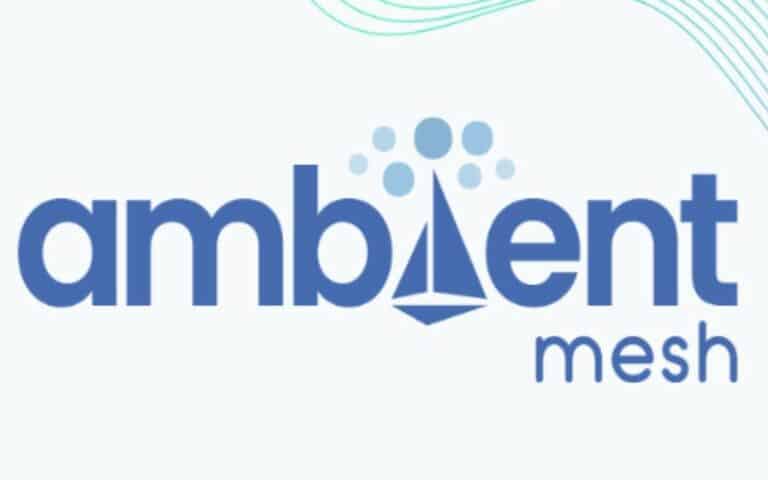Google and Solo.io launched Ambient Mesh, a new framework for service meshes. According to Google and Solo.io, the technology is more accessible than Istio’s current system, one of today’s most popular service mesh solutions.
A single cloud-native application can consist of hundreds of microservices. Each microservice runs on multiple containers. The network is complex. Organizations need a way to understand and optimize connections. In any other case, the application risks slowdowns over time.
A service mesh offers a solution. The technology provides insight into the network of cloud-native apps. Several organizations develop service mesh frameworks. Istio is one of the most popular options. Google recently donated the open-source project to the Cloud Native Computing Foundation (CNCF).
Solo.io offers Istio as a commercial service. The firm develops Gloo Mesh, a relatively easy-to-use service mesh solution for Kubernetes, virtual machines and microservices. Solo.io recently collaborated with Google on a new service mesh technology, Ambient Mesh. The technology is now available as a beta for Solo.io customers. In addition, the code was contributed to Istio, which remains a prominent open-source project.
Ambient Mesh
Generally speaking, Ambient Mesh is more accessible than Istio’s existing system. Ambient Mesh can be installed without interrupting a cluster. An administrator indicates which parts of the application should be covered by the mesh, and the technology does the rest. The cluster can stay up and administrators don’t need to inject sidecars.
Google and Solo.io expect Ambient Mesh to become one of the most popular service mesh solutions for new users. For inexperienced organizations, Ambient Mesh is easier to maintain and configure than Istio’s current system.
High expectations
“In a lot of environments, everybody is using Istio at crazy scale”, Solo.io CEO Idit Levine told TechCrunch. “We wanted to figure out how to improve adoption. What we learned from our customers is that we want to make the operational side of Istio better. It’s not bad right now, but we want to make sure that performance will get even better and we want to improve anything related to cost.”
Istio’s current system won’t change. Users are free to combine Ambient Mesh with existing service meshes. “If people are comfortable with the existing security model and sidecars, they need time to get comfortable with a different — or slightly different — security posture”, said Lous Ryan, principle engineer at Google. “It’s my belief that the security posture of Ambient is at least as good as sidecar, if not better, but the community is going to need time to wrap its head around it and give us feedback and for us to react.”
Tip: Istio releases version 1.13 of its service mesh platform
